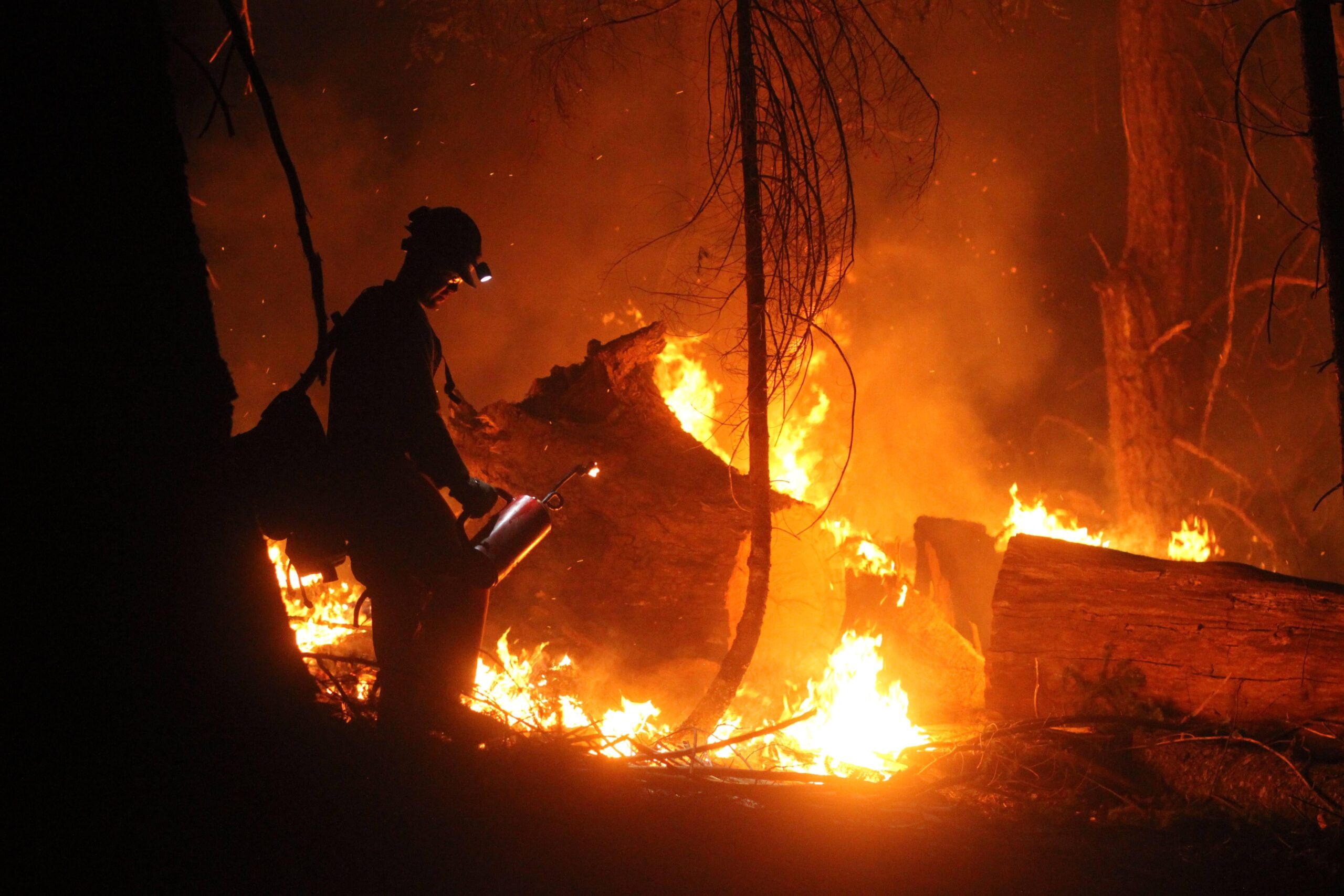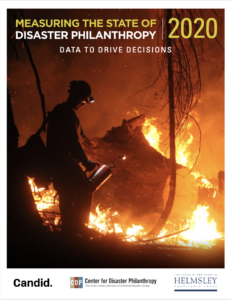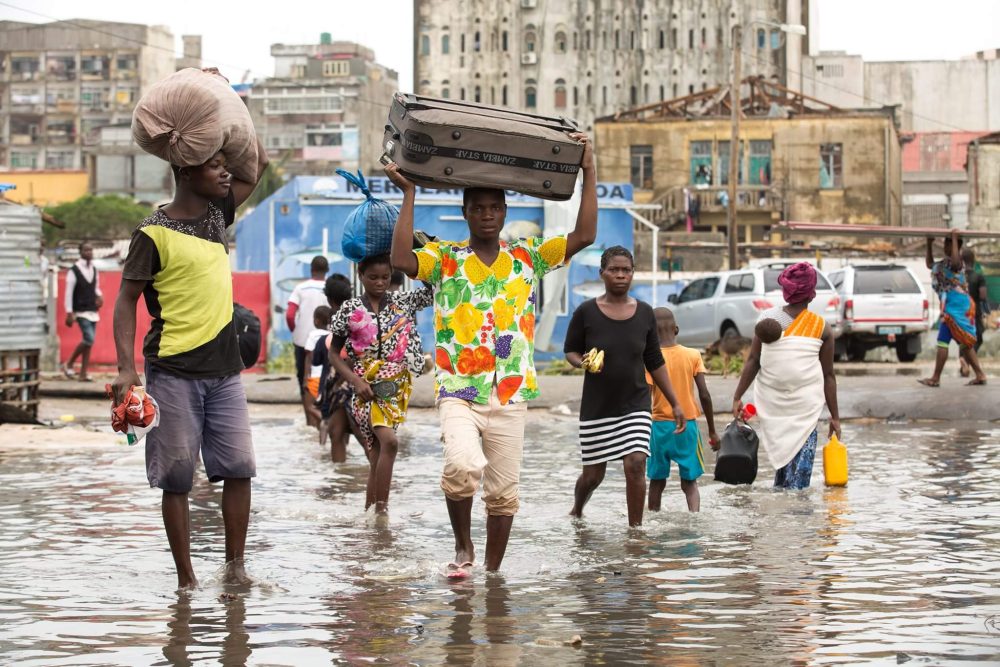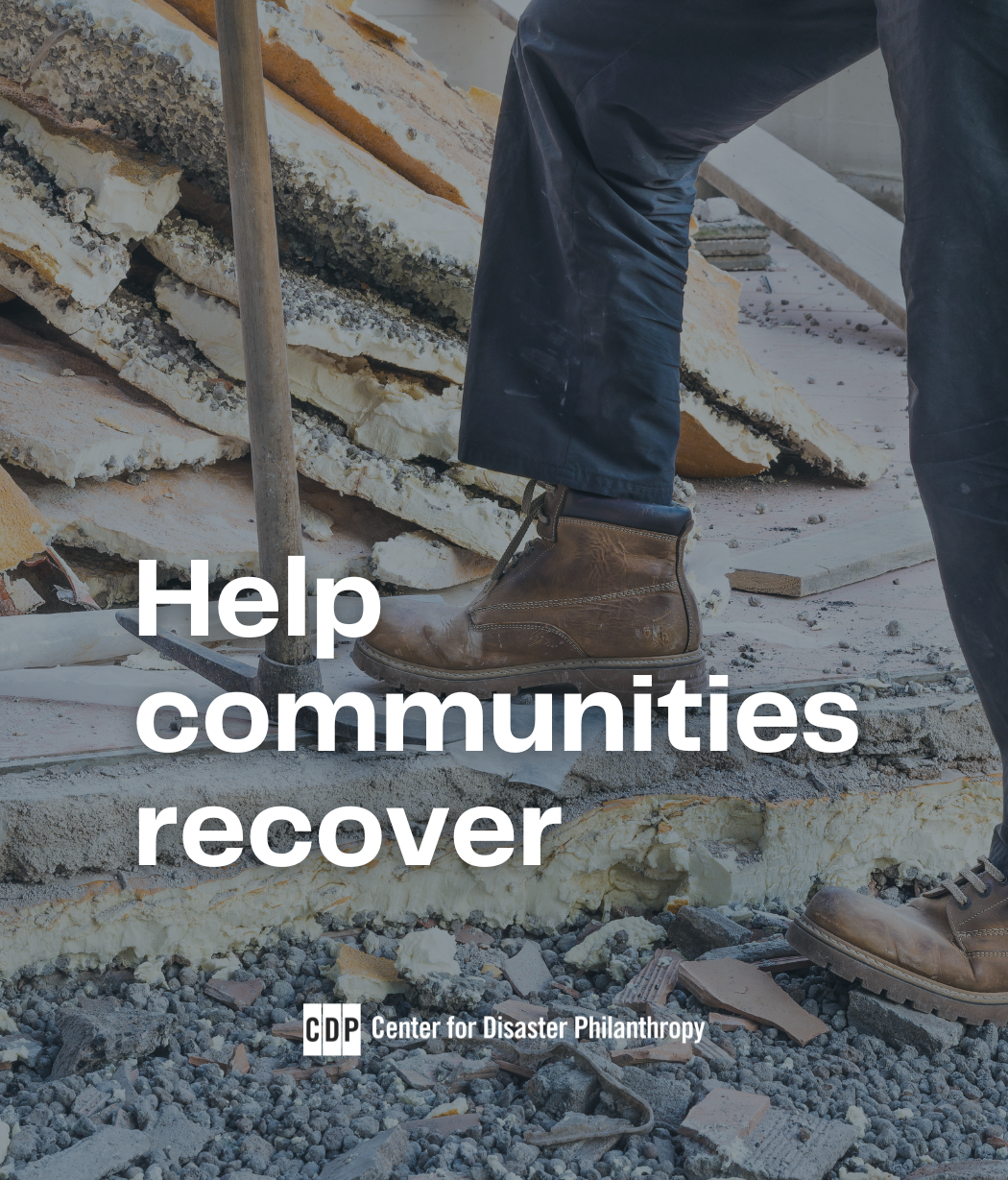New Data for Strategic Disaster Philanthropy
In this strange year 2020, it probably feels as if Hurricanes Florence and Michael made landfall along the United States Atlantic coast decades ago. But for those who were directly in the storms’ paths, the devastation is ever-present. In our seventh annual research report, Measuring the State of Disaster Philanthropy 2020: Data to Drive Decisions, […]

In this strange year 2020, it probably feels as if Hurricanes Florence and Michael made landfall along the United States Atlantic coast decades ago. But for those who were directly in the storms’ paths, the devastation is ever-present.
In our seventh annual research report, Measuring the State of Disaster Philanthropy 2020: Data to Drive Decisions, developed in partnership with Candid, we dive into how philanthropy and other donors supported hurricane and other natural and complex humanitarian emergency relief and recovery in 2018.
In 2018, we saw not one but three volcanic eruptions occur, one in Hawaii, one in Guatemala and one in Indonesia. In September, a 7.5 magnitude earthquake struck Indonesia’s Central Sulawesi province, triggering a tsunami and landslides that caused widespread destruction and loss of life. Famines in Africa and civil unrest in Syria and Yemen continued, further increasing the number of refugees, asylum seekers and internally displaced people. California experienced its most devastating wildfire event in terms of loss of life with the Camp Fire, and Typhoon Mangkhut caused extensive damage in Guam, the Philippines and southern China. The Rohingya crisis worsened as millions of refugees escaped to Bangladesh.

Drawn from 13 data sources, the new report documents $76 billion in private, public, corporate and individual disaster-related giving to address major disasters and humanitarian crises that affected millions globally in 2018.
Key findings from the report:
- Foundations and public charities allocated almost $468 million in funding.
- Disaster-related funding decreased by $50 million from 2017, based on a year-over-year analysis of grantmaking by 1,000 of the largest U.S. foundations.
- Corporate giving programs committed approximately $206 million to disasters and humanitarian crises through both cash and in-kind donations.
- The U.S. Department of Housing and Urban Development (HUD) allocated $34.5 billion in recovery efforts in 2018 for disasters in 2016 and 2017, a substantial $31.8 billion increase from 2017.
- The U.S. Economic Development Administration (EDA, our newest data contributor) invested approximately $125.6 million in 67 projects for disasters that took place in 2017.
To learn more about this and all the data, I invite you to join us for the Measuring the State of Disaster Philanthropy 2020 webinar in collaboration with Candid on Tuesday, Nov. 17, at 2 p.m. ET.
Candid’s Supriya Kumar will take an in-depth look at the findings. Center for Disaster Philanthropy (CDP) grantees Savi Horne of the Land Loss Prevention Project and David Little of the North Valley Community Foundation will share insights into the philanthropic response to two major U.S. disasters in 2018: Hurricane Florence and California’s historic Camp Fire. You can register here.
Finally, we invite you to explore the report’s interactive data dashboards and map for custom searches and data queries to answer such questions as: Where did funding for a particular disaster come from? How were the dollars allocated? How much funding addressed long-term recovery, preparedness and disaster risk reduction, in addition to immediate relief?
I will end with three notes of sincere appreciation. Thanks to you for your interest in this data. Thank you to our funder – this report was made possible by a generous gift from The Leona M. and Harry B. Helmsley Charitable Trust. Thanks, too, to the teams here at CDP and Candid.
We all hope this report will give you the tools to help make more informed and strategic disaster-related giving decisions.
More like this

Dramatic Increase in Giving in Response to Costliest Year of US Natural Disasters (2017)


